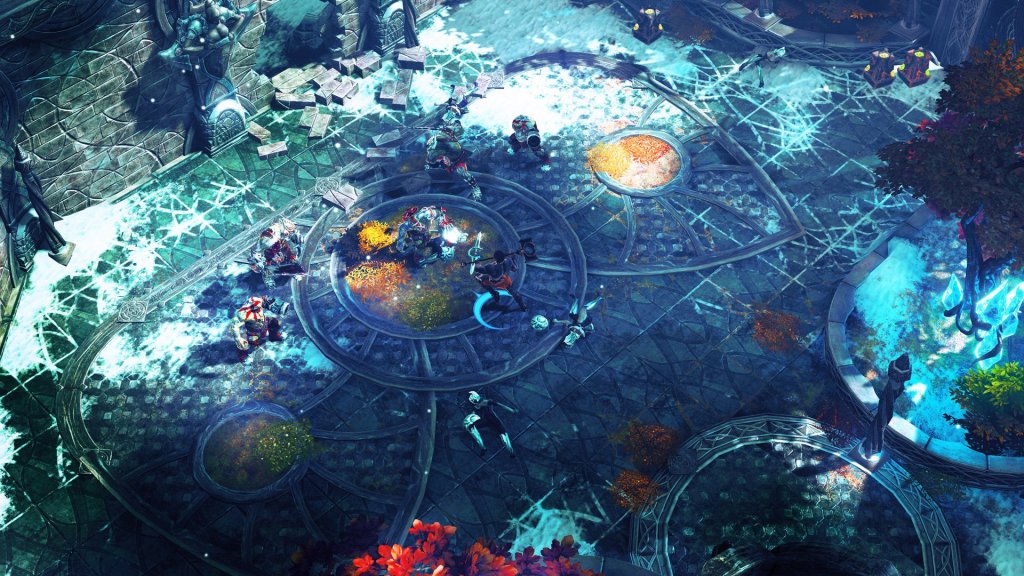SHUT UP, ARIA!
It was only this year that I began to understand the joys of the hack-'n'-slash genre of games. Before, I considered them mindless, or rather, I considered “mindless” to be a negative descriptor. Now, I get that its concept is to play with friends, to go on an adventure of discovery together, and to witness spectacular events together. As a team, you will write your story, often in spite of the writing laid before you. Laughter and joy should ensue. You might get that playing Sacred 3, but you also might want to check out better hack-'n'-slash games.
Ancaria is being threatened by the Ashguard Empire… or something. The story is so banal and ignorable that it’s not worth expounding upon. Instead, prepare yourself for animated painterly stills instead of fully-rendered cut-scenes. Also, I hope your body is ready for the unholy voice acting this game offers. Most of the time, it is just lamentable, such as when the Safiri warrior utters, “By my brother’s vestigial tail!” Other times, I outright spurned it, particularly the lines delivered by Aria, your telepathic guide through Ancaria. On top of her vapid words and half-assed delivery, just hearing her repeat the same things over and over again made me grit my teeth. [Don't even get me started… ~Ed. Nick]
But let’s not delve into needless rage. You’re here to hack mindlessly away at enemies. You can definitely do that in Sacred 3 as one of four mechanically indiscernible classes. It’s just a bit boring while you do so. Killing enemies does yield experience which unlocks abilities and power-ups you can purchase with gold in between missions. However, rather than the game letting you determine your pace through progression trees, skills and upgrades are needlessly locked behind random level caps. At times, it felt like the game encouraged me to switch up my abilities and weapons continually by alternating the unlocks, but if you develop your own strategy around specific ones, you’re out of luck until you reach the right level.
It’s no matter, though. Combat is reduced to mashing the attack button repeatedly, using your bash skill to interrupt enemies and disabling traps, or dodging/blocking. Skills round out the experience, but even as you upgrade them, they don’t become amazing. Typically in a fantasy action game, the closer I get to the end, the more magical and devastating I’d like my character to become. But this game’s system of upgrades and progression only provide marginal improvements. I was decimating enemies no faster in the final level than I was in the beginning. At least it felt new when I began. Enemy types are so tired and overused by the end that it’s wearying.
During play, you can also unlock Weapon Spirits, each of whom provide special buffs with caveats. For example, the dragon spirit will randomly cause you to be shielded from attacks but at the expense of some of your energy. The dryad will allow you to weaken enemies you’re attacking but reduces your critical hit damage. Many of the benefits that these spirits provide, though, are arguably more beneficial than not, and I found myself only trading twice during the entire game. The other caveat is their personalities—they each randomly respond to what’s going on or even Aria, and it’s often loathsome, especially the lascivious battle mage, whose innuendos aren’t subtle. Weapon spirits upgrade by finding spirit shards during battle, but I didn’t find any until the last seven or so levels, and you don’t choose whom those shards upgrade. Everyone loves a crapshoot, right?!
As you might suspect, you can play Sacred 3 with friends. It’s one of, like, thousands of games that let you do that. This is Sacred after all. The problem is that it's just completely linear and spread out over a map instead of an overworld, and there are only four classes to choose from. Missions only come in the flavor of wave survival, destroying all enemies, or story quests that see you surviving waves, destroying enemies, dodging falling debris, and turning wheels six times to progress. (It’s always six.) These are not the Sacred bullet points you’re looking for.
As for the only positive, the graphics are super pretty. Except for the reused enemy types, which you’ve already assumed from the majority of this review, this game is really nice to view. Environments are frequently colorful with varying lighting schemas, and different levels actually manage to look distinct from each other, even the smaller ones. Although the graphics also displayed smoothly on my rig, Nick experience a ton of lag when playing along with me. I don’t know if that was his computer, our network connection, or a combination of both.
Otherwise, this game is barely all right when the voice acting and other disappointments don’t pop their head in. I also experienced glitches, such as being unable to pick up loot, the upgrade menu becoming unnavigable, and performing a dodge roll that sent me into a nebulous region underneath the level’s geometry, forcing me to restart the level entirely. NBD, amirite? Actually, it’s fairly annoying.
Frankly, I’m not sure what the developers were thinking with Sacred 3. The gameplay, of course, screams Diablo III or Torchlight clone, but those games actually provided worlds you could really explore and discover. Also, people really enjoy them. I definitely had fonder memories playing each of them than Sacred 3, and they’re not even in a genre I usually play. That should really say enough.
-
Vibrant graphics
-
Terrible voice acting and dialogue
-
Utterly forgettable story
-
Too linear hack-'n'-slash gameplay
-
Poorly-handled skill and upgrade progression
-
Multiplayer, so you don’t get bored alone
Sacred 3
-
Sacred 3 #1
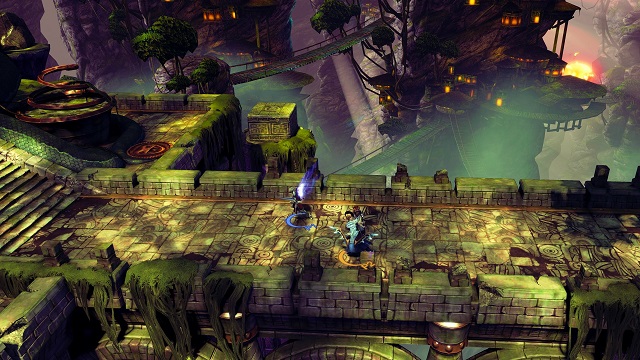
-
Sacred 3 #2
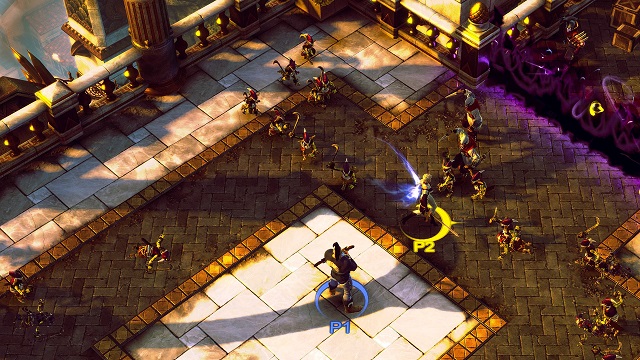
-
Sacred 3 #3
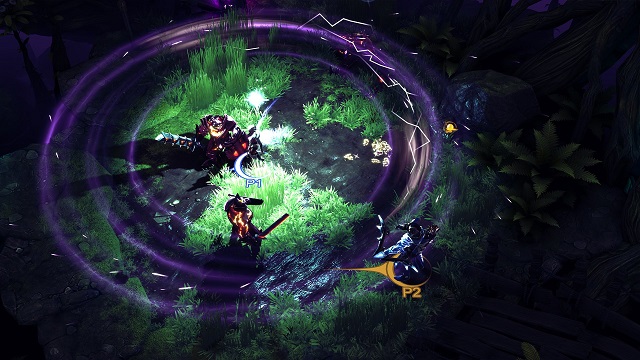
-
Sacred 3 #4
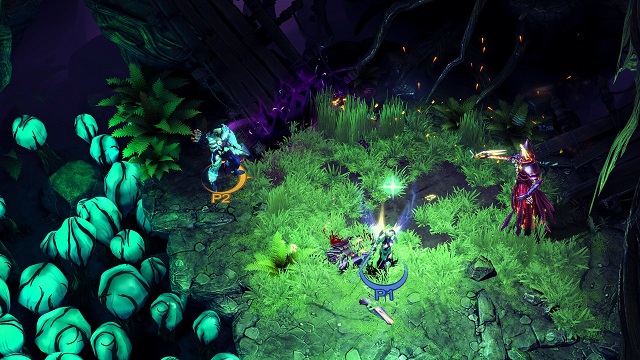
-
Sacred 3 #5
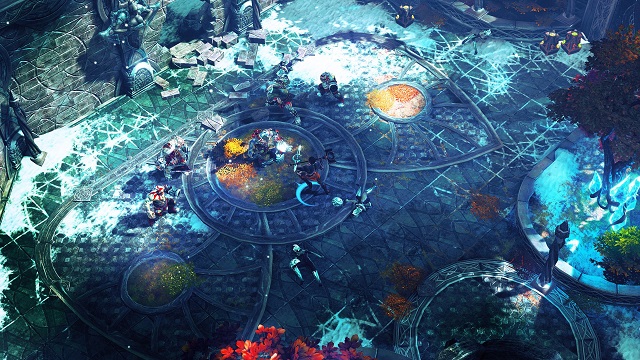
-
Sacred 3 #6
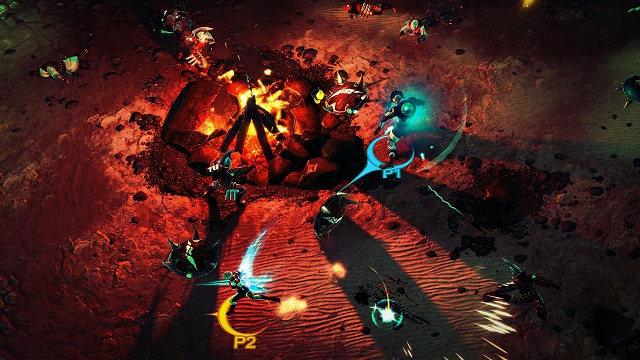
-
Sacred 3 #7
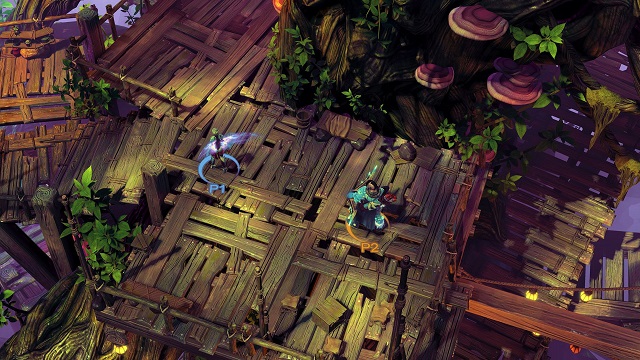
-
Sacred 3 #8
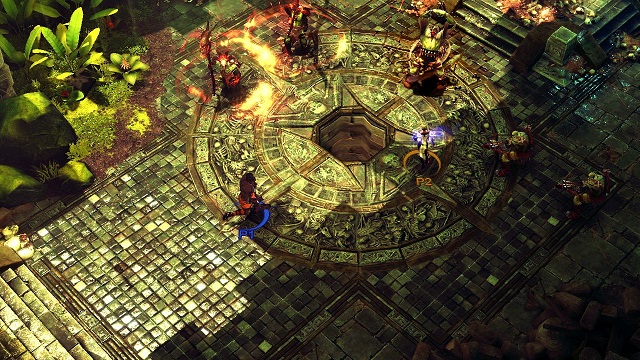
-
Sacred 3 #9

-
Sacred 3 #10

-
Sacred 3 #11
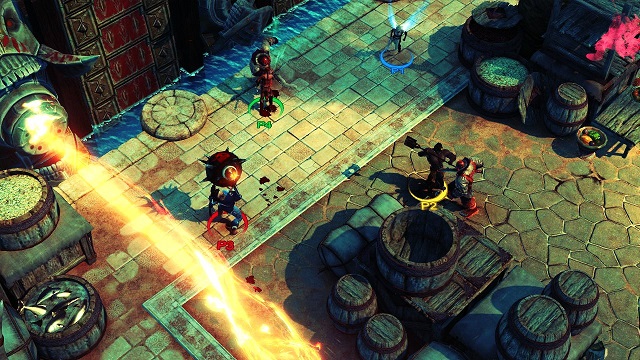
-
Sacred 3 #12

